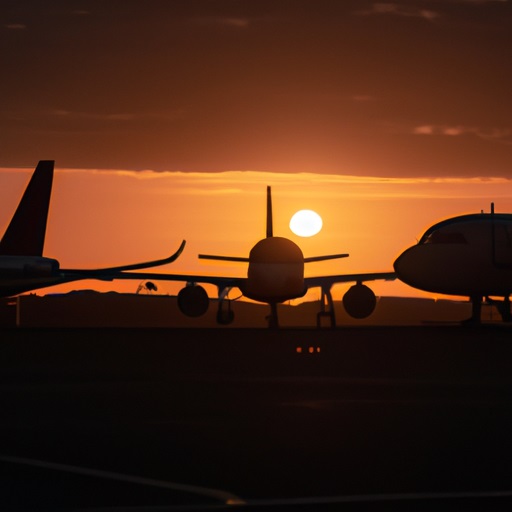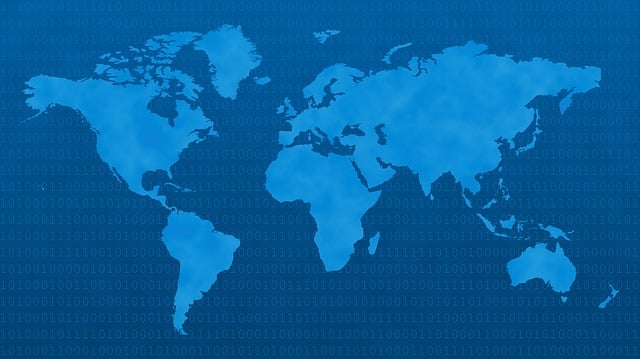
Why Airlines Are Always Struggling?
The airline industry is one of the world’s most competitive and volatile sectors. Airlines face many challenges that affect their profitability and survival, such as high fixed costs, fluctuating demand, fierce competition, regulatory constraints, environmental issues, and global crises.
In this article, we will explore some of the main reasons why airlines are always struggling and what they can do to overcome them.
High Fixed Costs
One of the biggest challenges for airlines is the high fixed costs of operating an airline. Fixed costs are expenses that do not vary with the level of output or sales, such as aircraft leases, maintenance, fuel, labor, landing fees, taxes, and insurance.
These costs account for a large proportion of an airline’s total costs and are difficult to reduce or avoid. For example, fuel alone accounts for around 20% of the total operating expenses of airlines.
Fluctuating Demand
Another challenge for airlines is the fluctuating demand for air travel. Many factors, such as income levels, consumer preferences, seasonality, weather conditions, holidays, events, political stability, security threats, and health risks, influence the demand for air travel.
These factors can cause sudden changes in the demand for air travel, which can be difficult to predict and manage. For example, the COVID-19 pandemic caused a dramatic drop in the demand for air travel in 2020, resulting in a 60% decline in passenger traffic and a 69% decline in passenger revenue compared to 2019.
Fierce Competition
A third challenge for airlines is the fierce competition in the airline industry. The airline industry is characterized by low entry barriers, high exit barriers, high rivalry among existing players, and high bargaining power of customers and suppliers.
These factors create a highly competitive environment where airlines have to compete on price, service quality, network coverage, customer loyalty, innovation, and differentiation.
For example, low-cost carriers (LCCs) have gained a significant market share in recent years by offering lower fares and more direct flights than traditional full-service carriers (FSCs).
Regulatory Constraints
A fourth challenge for airlines is the regulatory constraints imposed by governments and international organizations. The airline industry is subject to various regulations that affect its operations and performance, such as safety standards, environmental regulations, taxation policies, antitrust laws, bilateral agreements, and trade restrictions.
These regulations can impose additional costs and limitations on airlines, reducing their flexibility and competitiveness. For example, the European Union’s Emissions Trading System (ETS) requires airlines to pay for their carbon emissions or buy allowances from other sectors.
Environmental Issues
A fifth challenge for airlines is the environmental issues associated with air travel. Air travel contributes to greenhouse gas emissions, noise pollution, air quality degradation, and climate change.
These issues have raised public awareness and concern about the environmental impact of air travel and have increased the pressure on airlines to reduce their environmental footprint and adopt more sustainable practices.
How Can Airlines Overcome These Challenges?
Despite these challenges, airlines can still overcome them and succeed. Some of the possible strategies that airlines can adopt are:
- Diversifying their revenue streams by offering ancillary services such as baggage fees, seat selection fees, in-flight entertainment, food and beverages, loyalty programs, etc.
- Optimizing their cost structure by improving operational efficiency,
reducing waste, outsourcing non-core activities, renegotiating contracts with suppliers, and adopting new technologies such as digitalization, artificial intelligence (AI), and blockchain. - Enhancing their customer experience by providing personalized services,
improving customer satisfaction, building customer loyalty, and creating brand differentiation. - Expanding their market reach by entering new markets, forming strategic alliances, and participating in code-sharing agreements.
- Investing in innovation and sustainability by developing new products and services, improving fuel efficiency, reducing emissions, and supporting social and environmental causes.
Final Thoughts
The airline industry is a challenging but rewarding sector that offers many opportunities for growth and development. Airlines have to face many difficulties that affect their performance and survival, but they can also find solutions that can help them overcome them and achieve their goals.
Airlines can create value for their customers, employees, shareholders, and society by adopting effective strategies that address their challenges and leverage their strengths.






